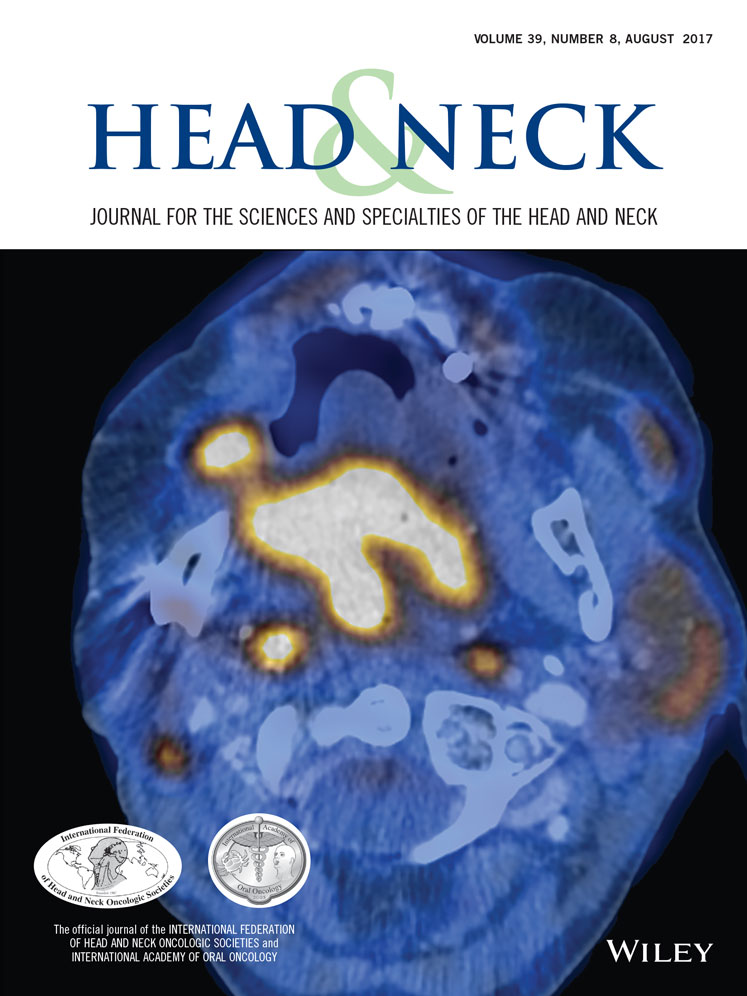Salvage of postcranioplasty implant exposure using free tissue transfer
Abstract
Background
Refractory implant exposure is frustrating after cranioplasty. The purpose of this study was for the authors to present their experience with free tissue transfer for salvage of postcranioplasty implant exposure.
Methods
A retrospective medical chart review was conducted on all free tissue transfers performed for exposed implant coverage after cranioplasty between January 2004 and February 2016.
Results
Twelve free flaps were performed in 11 patients who underwent postcranioplasty with implant exposure, and whose attempted implant coverage using locoregional flaps had failed. The free flaps used included anterolateral thigh flap, radial forearm flap, anteromedial thigh and rectus femoris chimeric flap, latissimus dorsi flap, gracilis flap, and Juri flap. The flap survival rate was 100%, and 10 of 11 implants (91%) were salvaged without removal.
Conclusions
Free tissue transfer should be considered as the preferred reconstructive option for postcranioplasty exposed implant salvage. High rate of implant salvage (>90%) is possible even with chronic implant exposure (>3 months).




